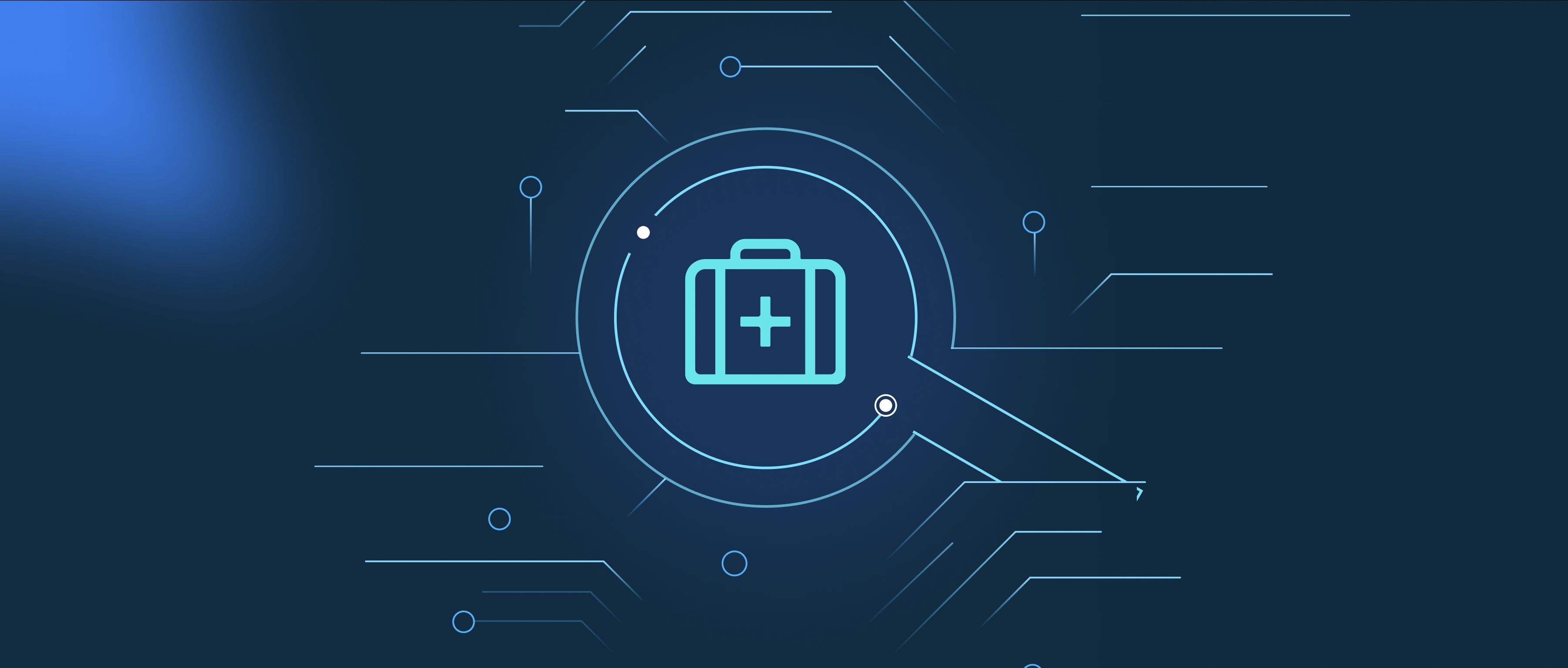In reinforcement learning (RL), tasks can generally be categorized into two types: episodic and continuous tasks. An episodic task is structured such that it has a clear beginning and an end. In these tasks, the agent operates within an environment for a finite period until it reaches a terminal state. At this point, the agent receives a reward or penalty, and the episode concludes. A classic example of an episodic task is a board game, like chess. Each game starts with a set configuration, and ends when a player wins, loses, or draws. The agent can learn from the entire game as it collects rewards after each move and reflects on the overall outcome.
On the other hand, continuous tasks do not have a definitive endpoint. The agent continuously interacts with the environment without clear episodes or a maximum length. In these cases, the actions may lead to changing states indefinitely, and the agent receives rewards or penalties after every action. An example of a continuous task is a robot navigating through a warehouse. The robot operates continuously; it constantly perceives its environment, makes decisions, and adapts its behavior based on ongoing feedback without a set ending.
Both types of tasks influence how reinforcement learning algorithms are designed and trained. Episodic tasks may benefit from techniques such as Monte Carlo methods, which learn from complete episodes. Continuous tasks, on the other hand, often use methods like temporal-difference learning, which allows the agent to learn in real-time and adjust its strategies based on immediate feedback rather than waiting for an episode to end. Understanding the distinction between these two task types is crucial for developers working on RL algorithms, as it directly impacts their design choices and the performance of their learning agents.
